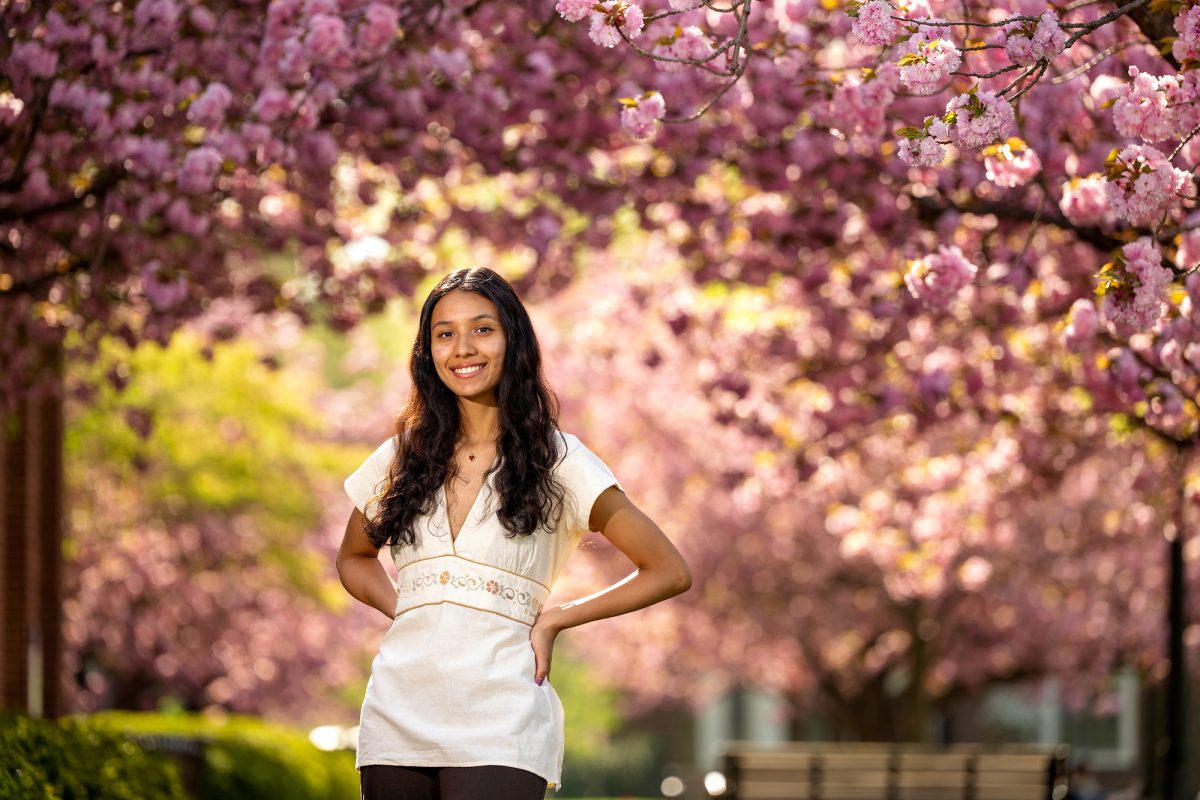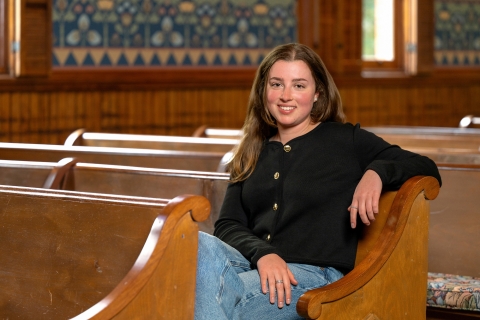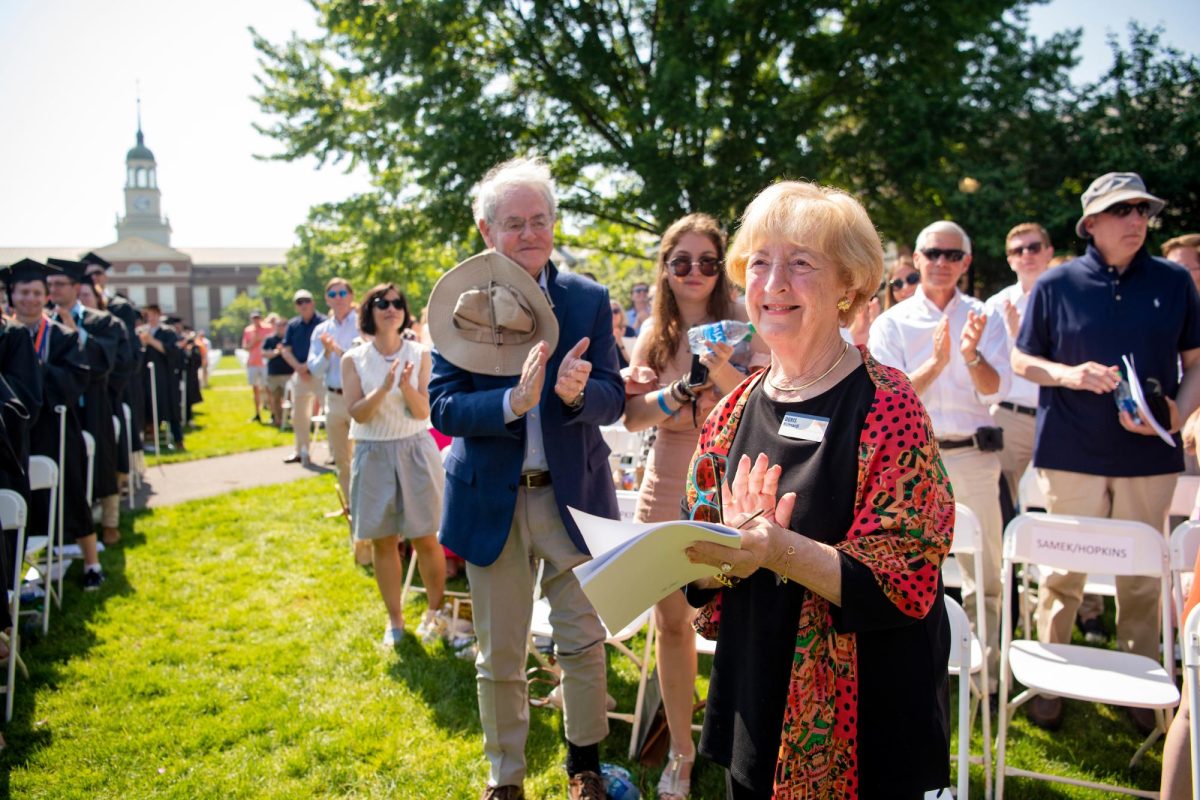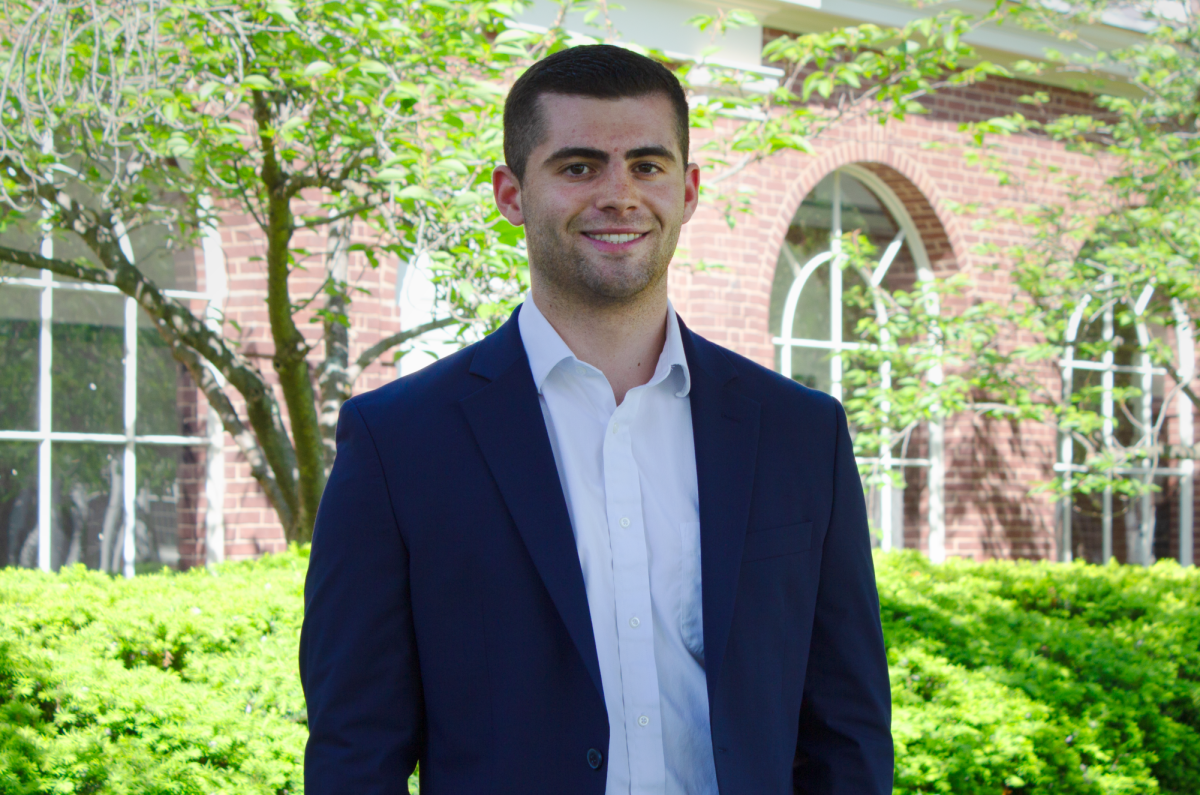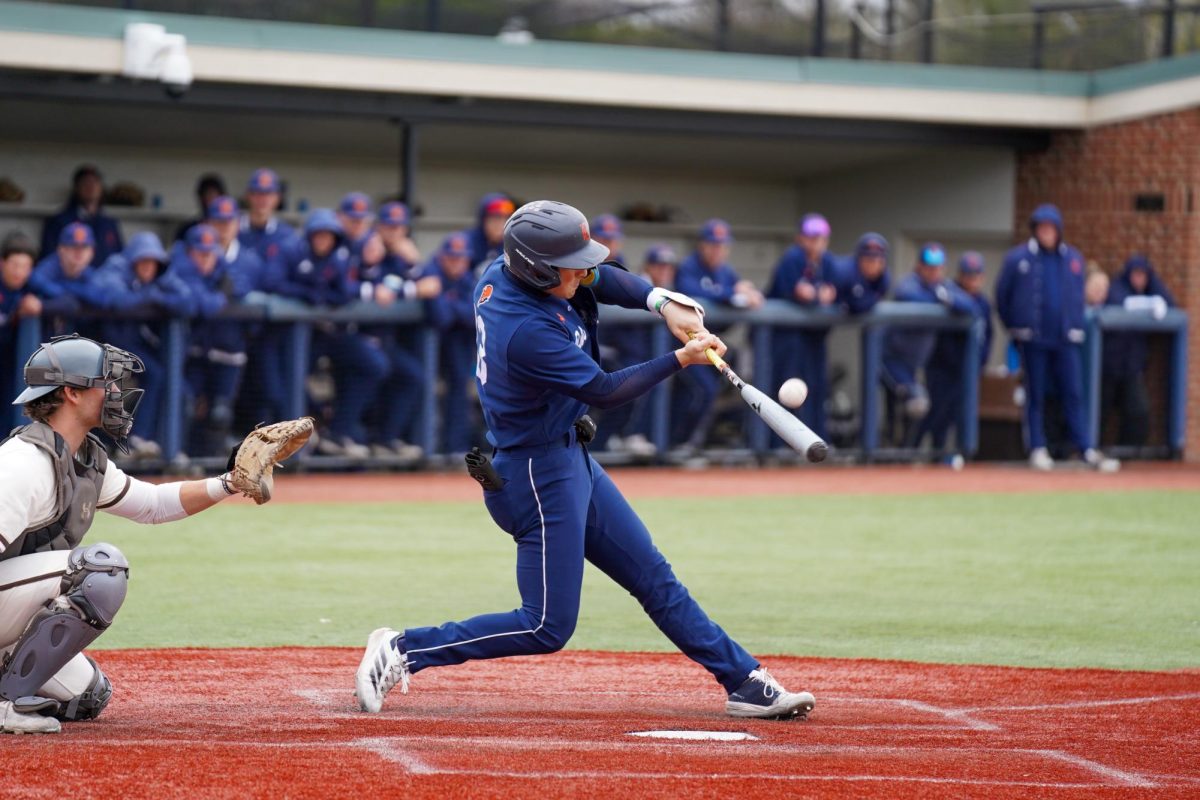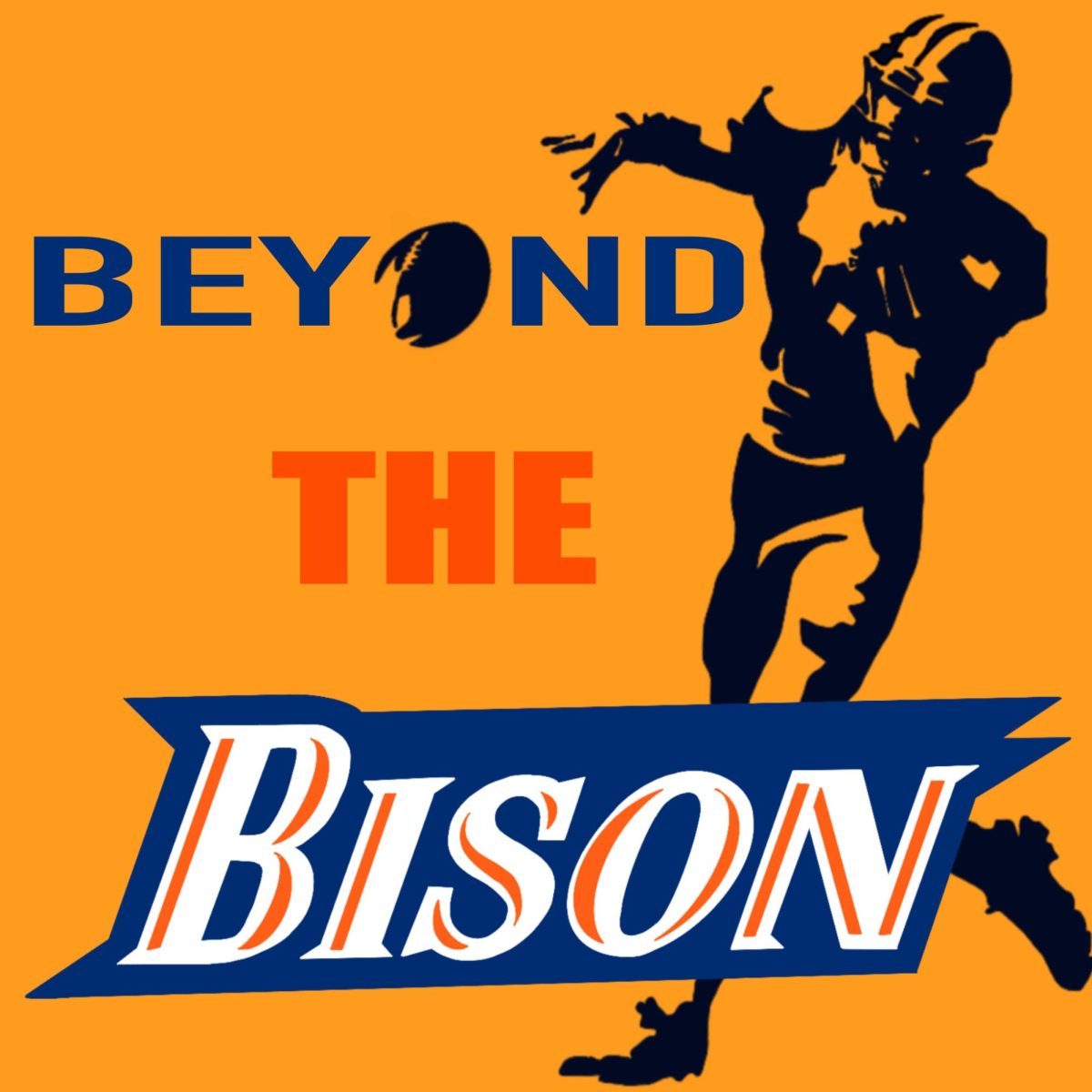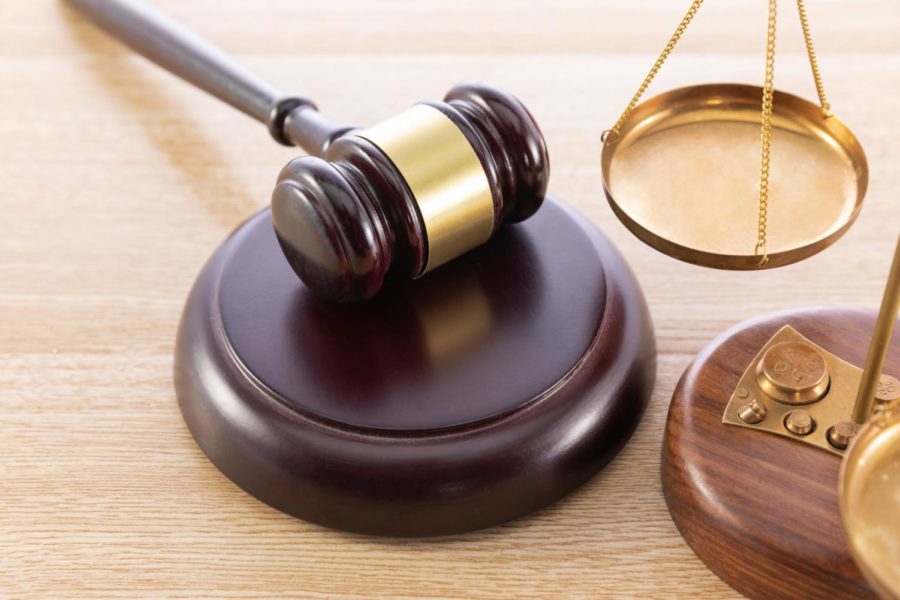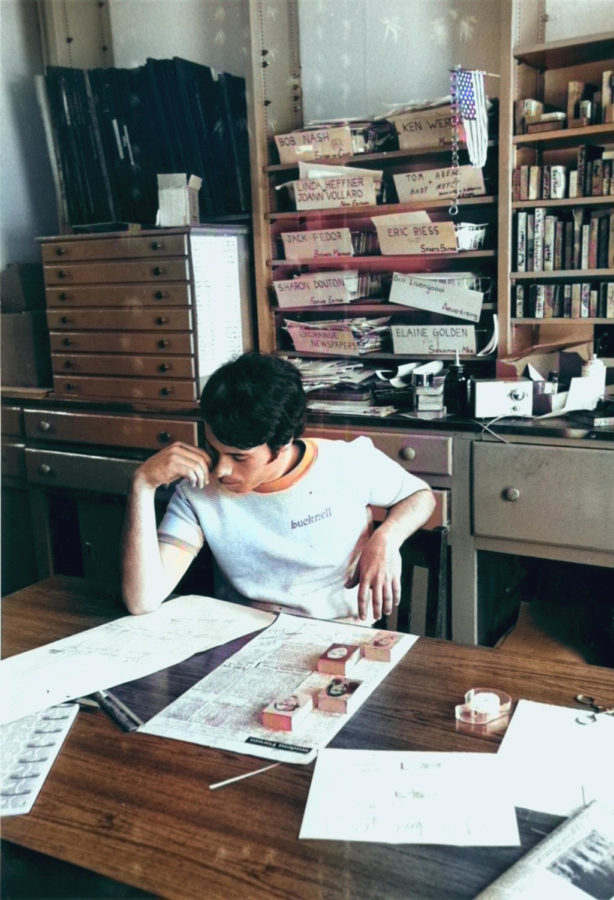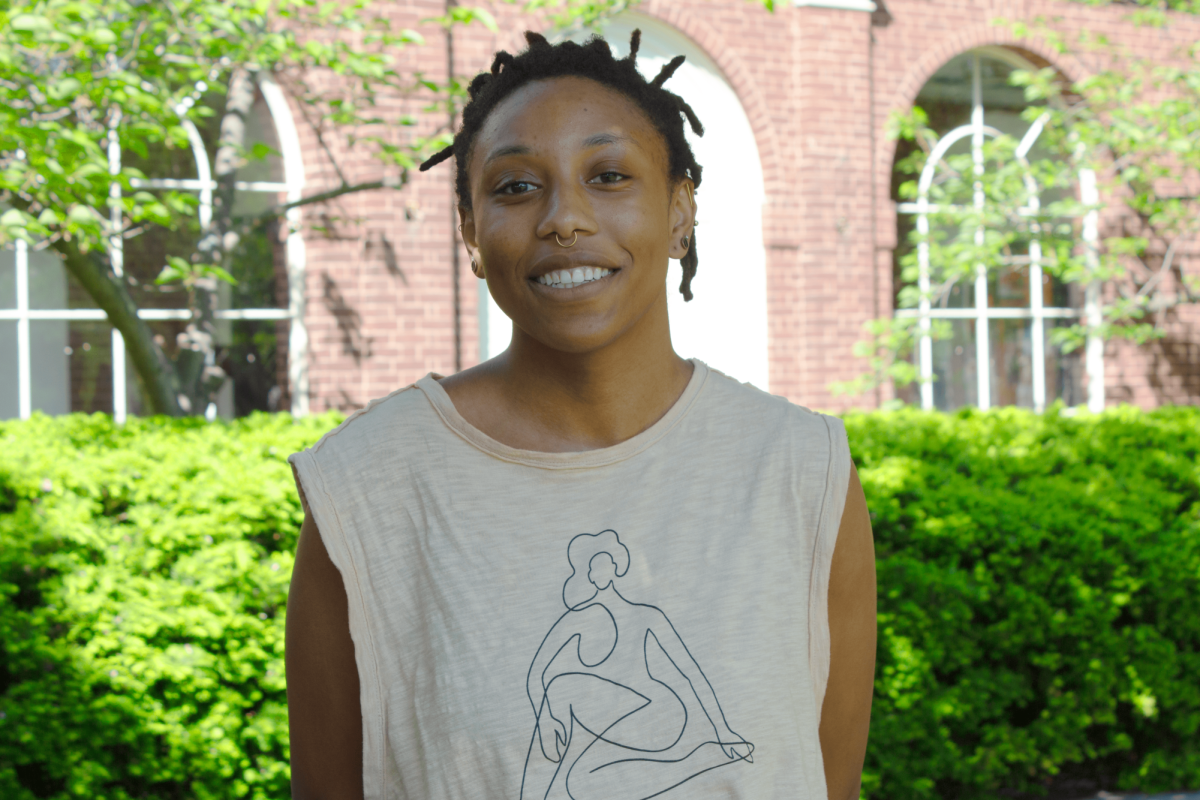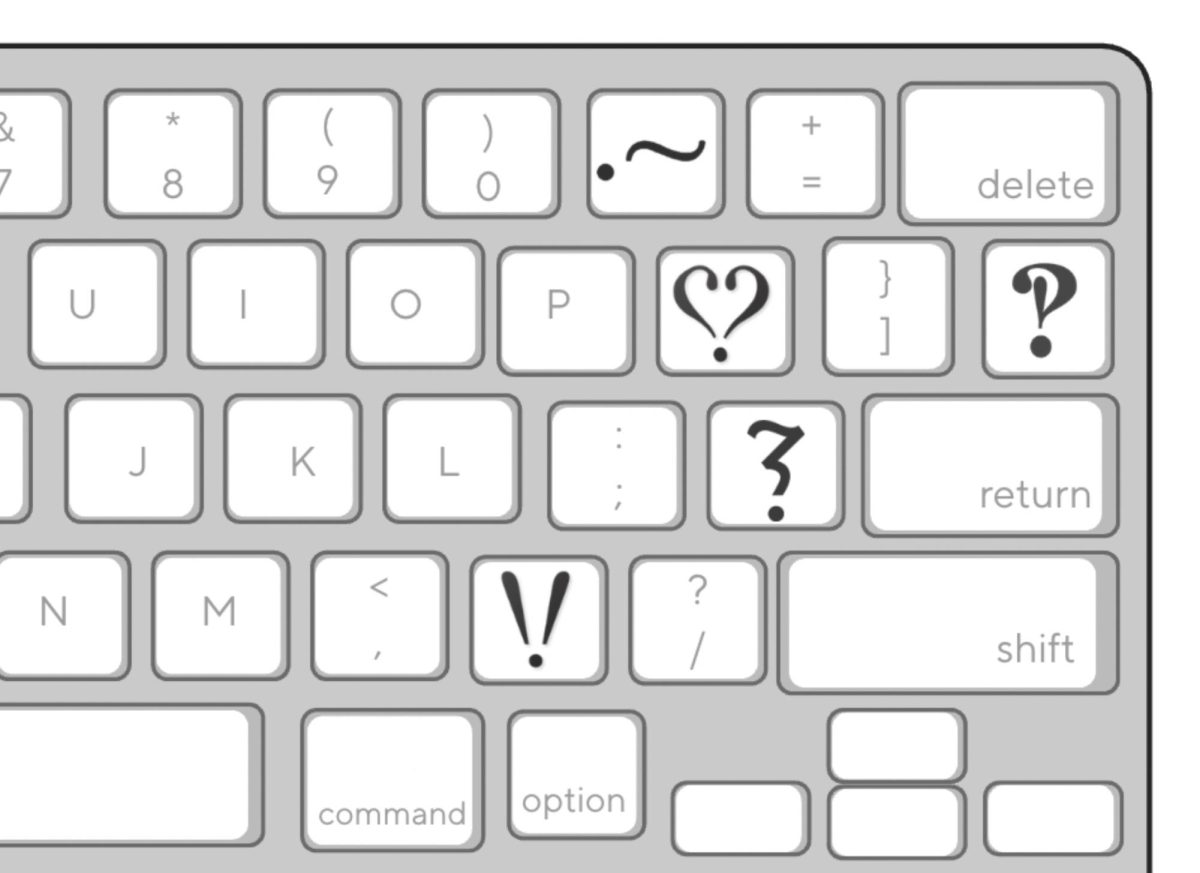Video evidence is often thought of as one of the most self-explanatory forms of evidence permitted within court. It is a seemingly objective record of events that is unaffected by ambiguity and bias. Research from psychology and law indicates a far more complicated relationship between video evidence and objectivity. Studies have shown that subtle but important features of video evidence such as camera angle, playback speed, and framing can significantly distort how judges and jurors interpret it. Far from being objective, video evidence is capable of systematically skewing legal outcomes by reinforcing unconscious biases.
–
Imagine being called in for jury duty: during the trial you watch what seems like clear-cut video evidence. It may be a confession caught on camera, or video taken by a bystander of a scuffle with police. Maybe even surveillance footage of a crime in progress. Now consider that what you have seen isn’t the full truth, not because other evidence is missing, but because of how it’s been presented.
In our age of police body cams and cell-phone cameras, video evidence has become an omnipresent part of courtroom litigation. Along with its prevalence comes the notion that if it’s on tape it must be objective, right? Not quite.
A large body of psychological and legal research reveals that video evidence can be profoundly misleading. Factors like who is present in shot, playback speed, and context can subtly but significantly distort how we interpret what we see. In the case of legal proceedings, where one’s freedom or well-being may be at stake, these distortions carry dire consequence.
Lassiter & Irvine in 1986 demonstrated that by merely manipulating who is present in the shot of a video recorded confession has a significant impact on participants’ perception of coercion. To quote the authors themselves: “The present results provide clear evidence that the point of view from which a confession is videotaped can have a considerable impact on observers’ judgments of whether that confession was voluntary or coerced.” When only the interrogatee was present, viewers perceived it as less coercive. When both the interrogator and interrogatee were present in the video, ratings of coercion increased by 50%. Furthermore, ratings of coercion increased by over 100% when the shot focused on the interrogator.
This calls into question the validity of video recorded confessions that only focus the camera solely on the suspect. This figure becomes even more appalling when we recognize that most police agencies that record interrogations focus the camera squarely on the suspect. Coercion is an important factor to look for when determining the evidentiary value of a confession, and it’s clear that jurors cannot properly assess coercion without equal focused camera perspectives. While standardized camera angles in interrogation rooms could reduce perspective bias the issue also extends to police body camera footage.
Unfortunately, perspective isn’t the only way that video evidence can distort legal outcomes. The speed at which footage is played as well as how footage is framed can drastically alter how jurors perceive video. This fact was put on display in the infamous use of force case of Rodney King.
In the case of Rodney King, a jury acquitted officers of an excessive use of force despite footage showing officers striking King 56 times with batons and kicking him 6 times. How? They slowed down and reframed the video evidence. By slowing down the video King’s movements seemed more deliberate than they were in reality. The defense simultaneously paused and argued each of King’s movements were “threatening” and warranted the use of force. What was clearly brutality when played at full speed was reframed to be a calculated and measured use of force.
Ribatti et al. 2024 determined that slowing down video footage makes viewers perceive an individual’s actions as more deliberate and intentional than they actually are. In the case of Rodney King, this likely contributed to the officers being acquitted of an excessive use of force as the perception of those “threatening actions” were then seen as intentional and deliberate by the jury.
The slowing video evidence is sadly a common and insidious way to skew courtroom outcomes. It’s often used for “clarity,” and ample incorporation of the relevant research on video evidence is yet to occur as guidelines around playback speed need to be put in place. But not all hope is lost; thankfully, juror instructions and presentation guidelines are still able to be implemented, and there is growing support for change.
At Bucknell, students are encouraged to think critically and across subjects. The implications of the bias present in video evidence reach across disciplines, from psychology and political science to ethics and law. Some of us will go on to be lawyers, policymakers, and serve on juries. Understanding how easily “truth” can be manipulated will be important on our journeys through college and into our careers. As our Bucknell community continues to learn and grow we are in a unique position to recognize and challenge hidden biases.
